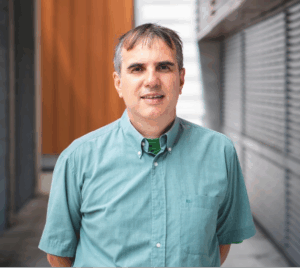Fabrice Retiere
Head, Science Technology
Fabrice is an experimental astroparticle physicist and the Head of the Science Technology Department at TRIUMF. He obtained a B.Sc. in Physics from Université de Nantes, M.Sc. in Physics from Université de Paris 7, and Ph.D. in Physics from Université de Nantes. His research interests include single photon detectors, liquid xenon and liquid argon detectors, light-based sensors (e.g. for forest fire smoke detection), neutrino physics (e.g. nEXO), and direct dark matter searches (e.g. DEAP-3600 and DarkSide-20k).

